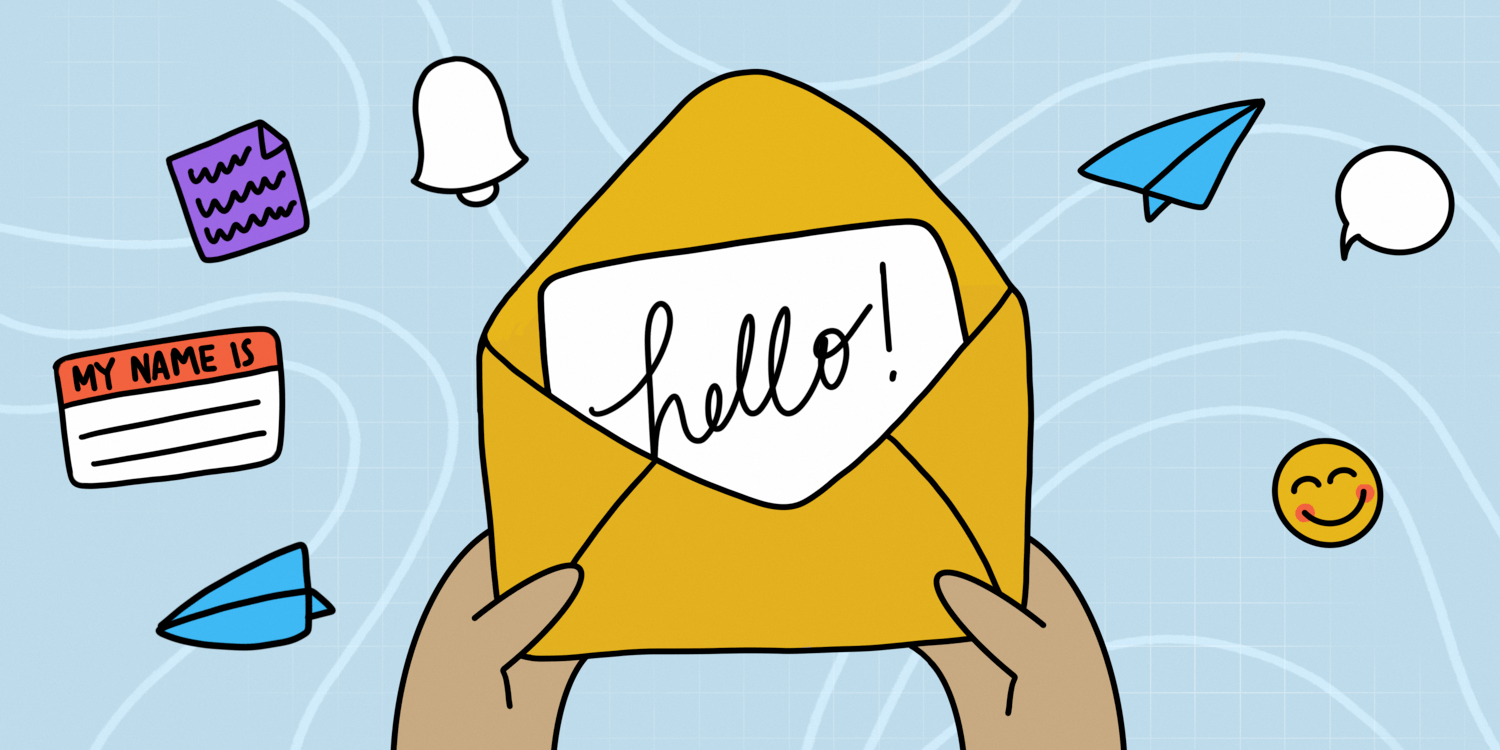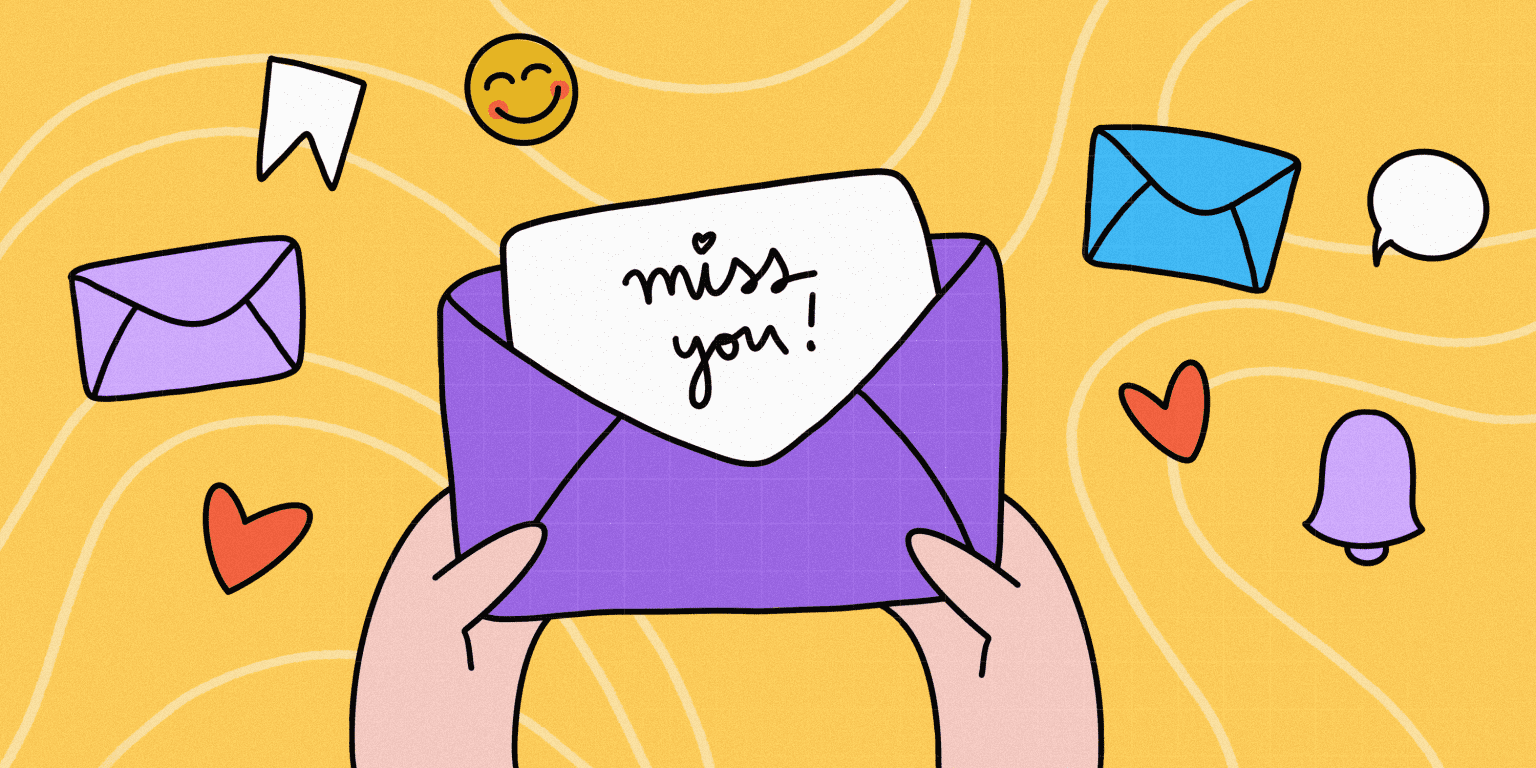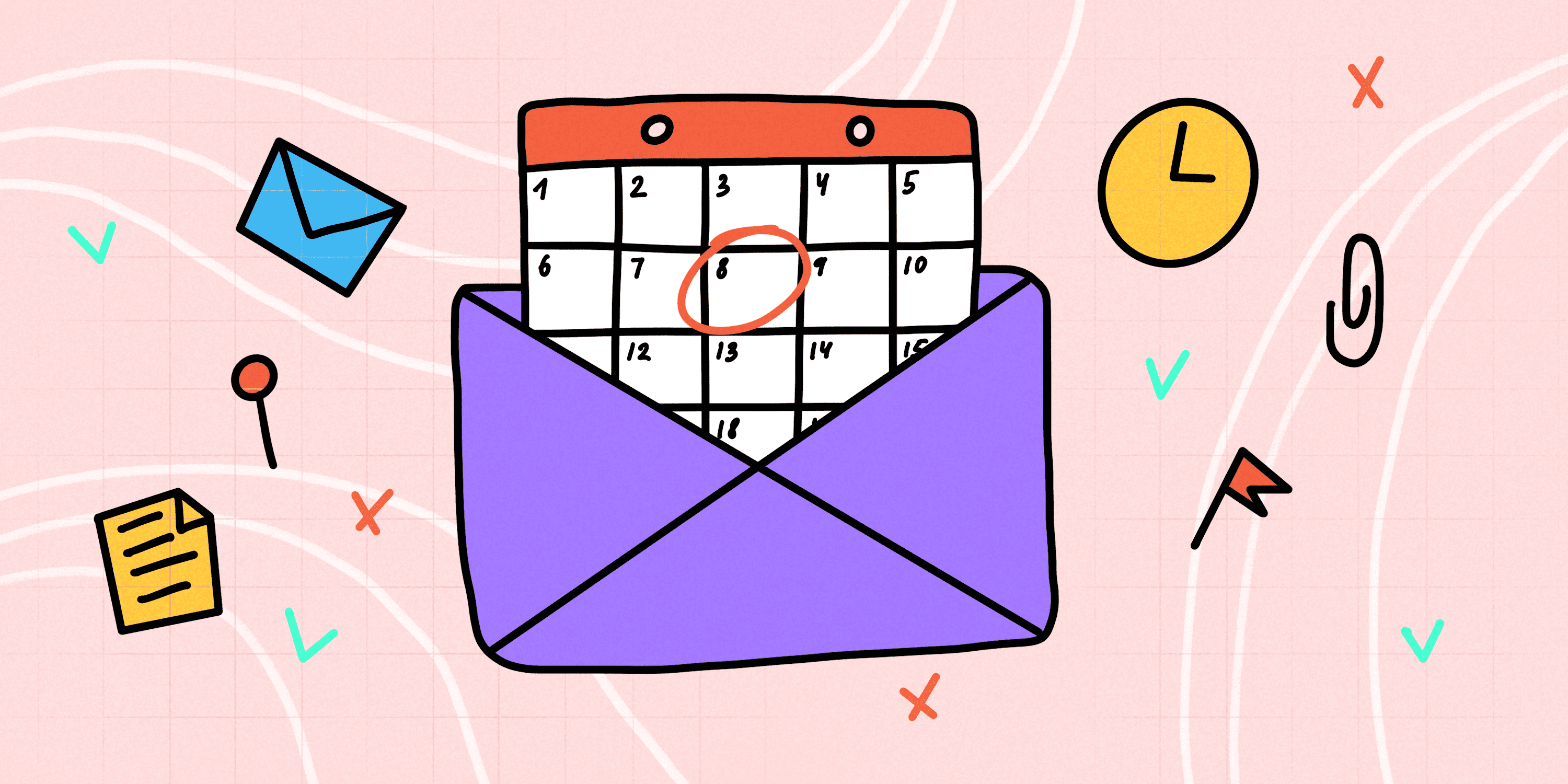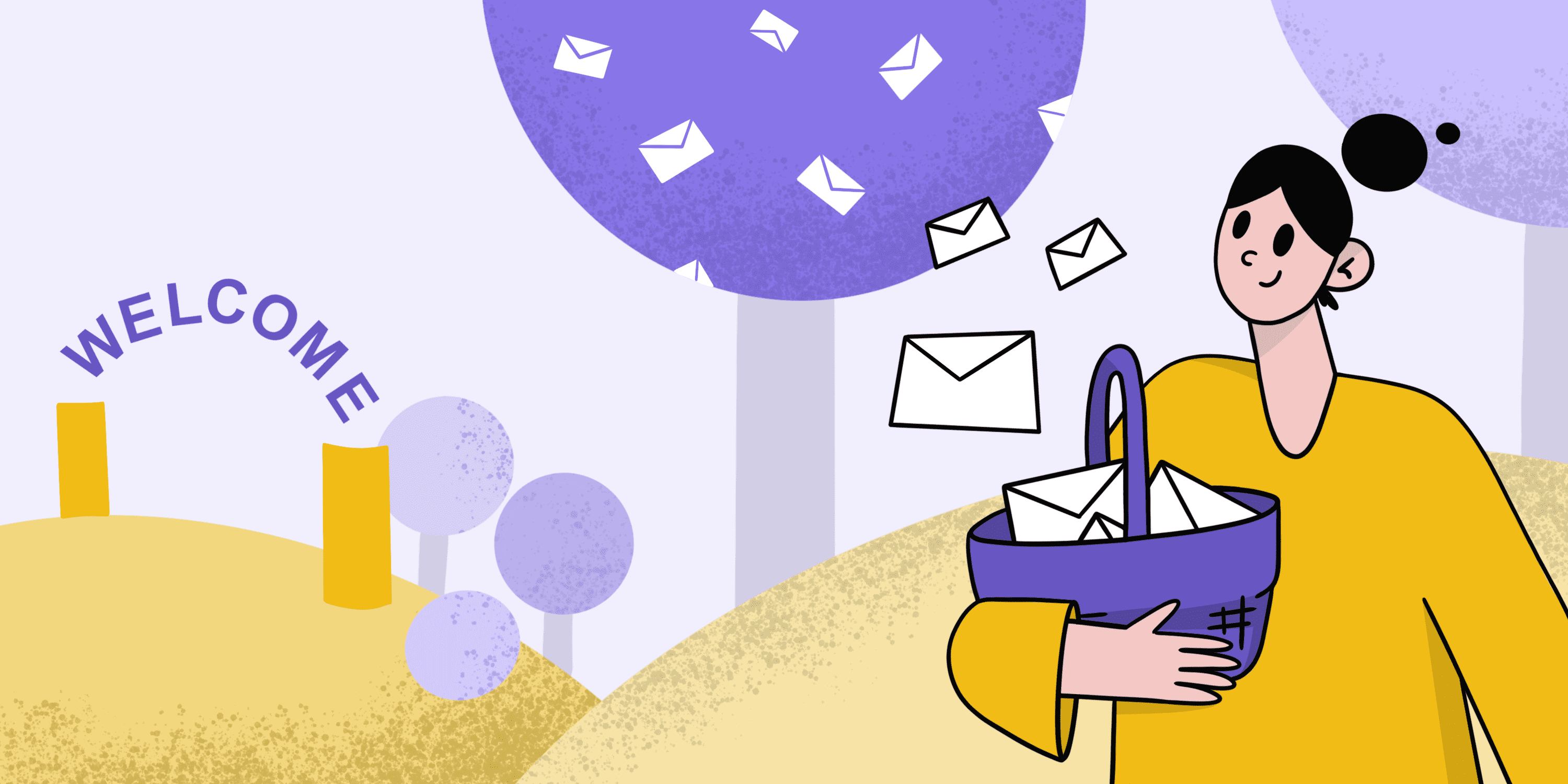Have you ever tried to describe yourself in 30 words? Probably yes.
Have you ever tried to land a $100,000 contract with a good introduction? Maybe no. But you’ll agree there are people who have attempted and nailed it. Perhaps even several times.
In today’s business environment, networking and communication have started resembling speed dating — you can win only if you approach a client with a short and powerful “elevator pitch.” Otherwise, they won’t even listen to you. And every good pitch starts with an introduction.
This also concerns writing emails.
In this article, we’ve collected practical instructions on how to write an introduction email that will bring you real, paying clients.
Outline:
Start with a triggering subject line (we have tips!)
Even during lockdown time, self-distancing doesn’t help avoid noise. We all get tons of sales emails and, honestly, do we open them? Maybe 20%, but the rest look the same. And it’s too bad because we risk missing out on some important data and updates!
We know our readers share only valuable information with their audience, and we want your emails to have a 100% open rate.
That is why we advise you to write and test creative subject lines — they must be catchy and even intriguing to make the recipient want to click them. You can also use our guide on emotional trigger words that spark curiosity — thousands of sales reps successfully use this method to attract their potential clients’ attention and convert them easier.
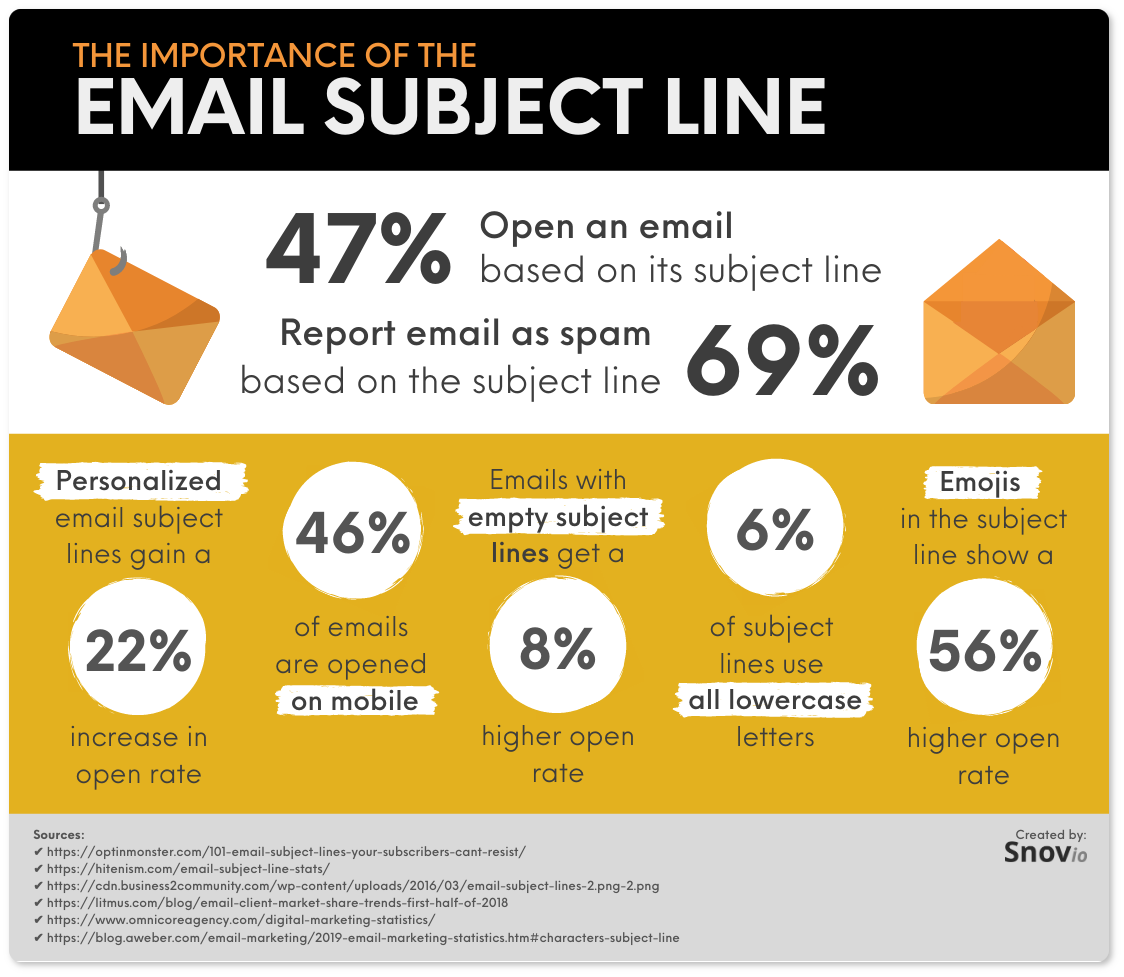
Here are some of the introduction subject lines for sales emails that we like:
|
✔️ Hello from [Company] ✔️ We’ve met at [Conference name] ✔️ [Name] recommended I contact you ✔️ 5 tips to [Lead’s goal] in 2024 ✔️ A proven solution for [Lead’s pain point] ✔️ Disappointed with [Lead’s pain point]? ✔️ 8 myths about [Lead’s interest] dispelled ✔️ An improved tool for [Lead’s company name] |
Adjust your greeting to the context
If your greeting isn’t personalized to the market niche and the individuality of each recipient, they might not react to your favor.
For conservative market niches such as law, finance, or government, choose the safest variant — “Dear.” For more casual market segments such as sports, fashion, travel, media, tech, it’s absolutely ok to drop a “Hi,” “Hey,” or “Hello.”
In the second part of your salutation, the best choice is to use your recipient’s first name. But don’t use their first and last name at once — it’s too outdated and plain.
Likewise, be careful with the titles like Mr., Mrs., Ms. + last name, it might make you appear too young in comparison to the recipient. In many cases, just the first name will work perfectly fine.

Present yourself like a champ
Introducing yourself in an email consists of several components, and we will comment on each of them. But there’s no need to use every single tip and make your letter long. Just keep these ideas in mind when creating your message.
Briefly describe yourself in a couple of words
Use a catchy phrase that makes people curious and inspires asking more questions like in the video below. Differentiate between “I’m a sales rep” and “I consult people on all the features and benefits of our products.”
Clarify what you do in one sentence
After you have introduced yourself, briefly describe your business offer. For example:
|
I noticed you manage one of the software teams at [Company name] and are looking for solutions to [Lead’s pain point]. With our sales CRM toolkit, you can scale your business, automate processes, and boost your sales. |
Specify your target audience
If I had to pitch a client, I would say something like this:
|
Our market includes big and small businesses of all sizes, sales and recruiting teams, and individual entrepreneurs who care about high-quality outreach. |
This way, people instantly understand whether our offer is suitable for them.
Outline your vision
|
We make the world a better place by automating sales processes of brands that care about their clients and want to build healthy and strong relationships with them. |
You can add some figures if it’s appropriate.
|
We have more than 100,000 companies on board, among them are [Include a few well-known names] |
What attracts your audience and grows their loyalty? Your short remark can serve as a magnet for business growth.
Experiment, practice, and analyze
Design a couple of brief self-presentation scripts that describe your business, offer, market niche, and differentiating benefits. Test, analyze, and modify your email introduction until you get excellent results.
Perfect your text
Try to shrink it even further to make it an impressive 50-word story. You don’t have too much space in an introduction email. If you think it’s impossible, check how gracefully you can present yourself using the tips above in a couple of words:
|
Hello [Name], I saw your recent article on [Article name] and had to reach out. I’ve worked with businesses like yours [Name two or three similar companies] and helped them achieve [Mention you number-one benefit]. This case study illustrates how [Insert link]. If you’re interested in discussing how your business can benefit from our solution, let’s schedule a brief 5-minute phone call. Here’s a link to my calendar [Insert link]. Thank you, [Your name] |
Smoothly shift the focus to the recipient
Now it’s time to focus on the recipient and make them perform the desired action. Remember, your attitude towards the prospect also says a lot about yourself. Be attentive in every detail, and your thoughtful approach will bear good fruit.
Mention recipients in your first line
Your email should spin around your potential client, their interests, pain points, challenges, and needs — it instantly captures your contact’s attention. But you should always sound (and be!) sincere.
Here are some ideas for catchy opening lines:
|
✔️ Your career [Book, course, etc.] inspired me to have a similar approach to work. ✔️ I decided to get in touch with you after reading your article on the best sales strategies. ✔️ I know you love quality podcasts… ✔️ Congratulations on your new accomplishment! ✔️ I listened to your amazing lecture and it inspired me to [Personalized compliment]. I also wanted to ask a quick question [Reason why you’re reaching out]. |
Personalized outreach emails show that you’re not a stranger from nowhere, but a person who’s familiar with your prospects’ professional life, and it will help break the ice.
Consider the following introductory email template:
|
Hello [Name], I’ve been a fan of your [Podcast name] for quite a while and I love what you’ve been doing with [Personalized compliment] over the past couple of years too. I am [One-sentence bio]. I know my subscribers on [Your blog name] would be excited to read what you have to say on [Topic]. In return for your participation, I would [Mention the benefit]. If you’re interested, let’s schedule a brief phone call. When would be a good time for you? I look forward to hearing from you. [Your name] |
Bring up a mutual connection or a shared similarity
Make brief research (on Google, Facebook, LinkedIn, Twitter, etc) to find something common between you. It will give your recipients an idea that you can share similar beliefs or values and help you both feel comfortable.
It can be a hobby, shared visions, and ideas — use these findings in your introduction email. For example:
|
[Name], I’ve noticed we’re in the same Facebook group on Digital Marketing. It would be cool to connect and discuss some marketing-2024 ideas. |
So, if you are thinking about how to start an email and sound more natural, this is an excellent way to get the conversation going and build a more substantial bond with your contact.
It will be even better if you drop a reference or mention a common acquaintance. After being an absolute stranger, you instantly jump to being someone like “a friend of a friend.” Just don’t forget to notify your common friend that you will use them as a reference so that they don’t get surprised when your prospect checks who you are.
Here’s a relevant intro email template:
|
Hi [Name], My name is [Your Name], and I’m [Your position] at [Your company]. I recently met up with [Common acquaintance name] who shared some of your impressive marketing ideas. I think your approach would be a perfect fit for my company. Perhaps we could work together on [Lead’s pain point]. If this is on your agenda at the moment, then I’d love to schedule a brief phone call to discuss possible solutions. What time and date works best for you? Thank you, [Your name] |
Explain your reason for reaching out
Now that the recipient has got curious about you, briefly explain why you are contacting them. The key is to give them an idea of why they should respond to your email.
Try to find an individual approach to every recipient — they should feel unique and special. Adjust your message to their pain points and needs — it will help you open up the doors, spark your contact’s attention, and make them want to respond.
Check out this introduction email template:
|
Hello [Name], My name is [Your Name], and I’m [Your position] at [Your company]. I noticed you manage one of the software teams at [Company name] and are looking for solutions to [Lead’s pain point]. I have several ideas for how you can [Solution for the problem]. Would it be okay to schedule a brief phone call to share these ideas with you? I look forward to hearing from you. [Your name] |
Provide value to the recipient
People often help for free, but it’s a bad tone to abuse anyone’s generosity. Give some value to your contact before asking for a favor.
There is no need to give them financial profit, like a discount or a coupon. It can be a useful tool or a platform, an informative article, or fresh statistics related to their market niche (you don’t always have to be the author). It has practical value and shows the recipient that you have done a small research about them.
Perhaps your prospect is the author of an interesting article, blog post, or even a book — read it, make a review, and attach its URL in your email.
|
Hi [Name], I recently conducted research on [Lead’s industry] and discovered that [Lead’s pain point] is something many professionals in the market struggle with. Is that the case for you? Turns out [Share your unique findings here]. I have several ideas for how you can solve this problem with the help of [Your company]. You can read all the takeaways from my research here [Insert link]. Would you be interested in chatting about them over phone call next week? Kind regards, [Your name] |
Create a persuasive call to action
Your email should have a good call-to-action (CTA), regardless of the intention. This detail allows you to smoothly persuade the reader to perform the desired action.
If you want them to visit your online workshop, read your blog post, or schedule a call, your CTA can include a link to your calendar, landing page, article, or online workshop page.
It will help you accelerate the discussion, and instead of mailing back and forth, they can select the most comfortable time to get in touch.
Consider creating and adding a digital business card so your leads can save your contact information and have it handy.
Don’t forget to add a short comment that will summarize your offer and place it before your CTA link.
For example,
|
If you want to know how to scale your business after the COVID crisis, please spare 10 minutes and read my new article on the best marketing methods in 2024: [Insert link]. |
Thank the recipient
We’ve given a lot of recommendations, but the shorter your introduction email is, the better. Too much information decreases the chance that your contact will read the message to the end.
Just say “Thank you” or “Thanks,” and put your name below. If you want to end your letter creatively, try one of these powerful email closing tips — they will boost your chance for conversion.
Bottom line
In today’s world, if you don’t know how to make a short “self-promo,” you won’t even have a chance. Everyone — from a kid starting a TikTok channel to a CEO of a Fortune-100 company — thinks of a better way to present themselves.
It’s not just a question of business, it’s also a question of where you are actually going in your life, your values, the community you attract, your vision of life, the investment you bring to this world so that it becomes a better place (no matter how trite it may sound).
If you find answers to these questions, we are sure that your leads will hear you and respond to your message. All you need to do is to craft your email, and Snov.io will do the rest with our Email Drip Campaigns.
